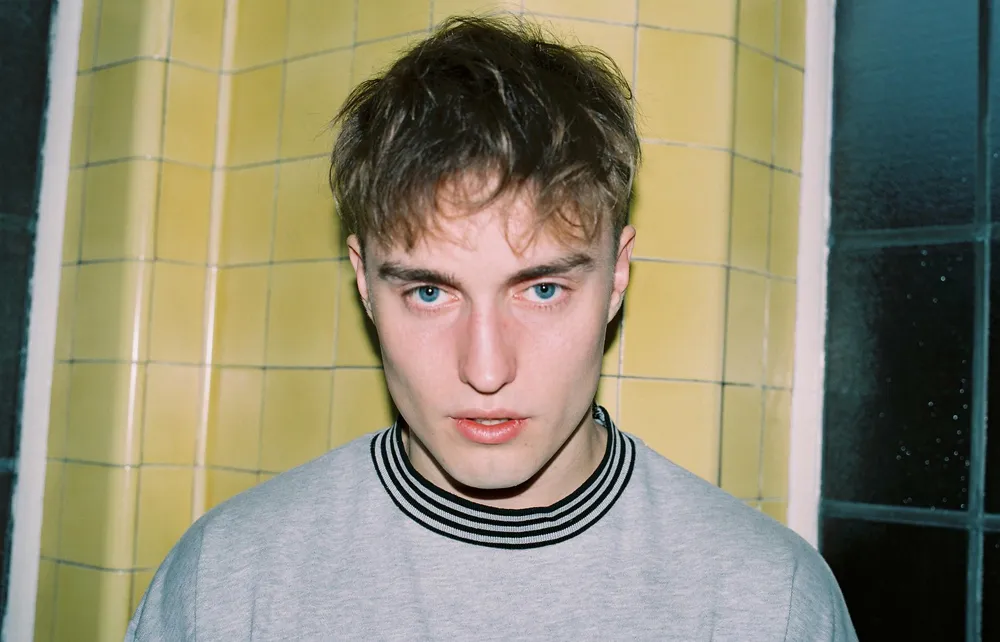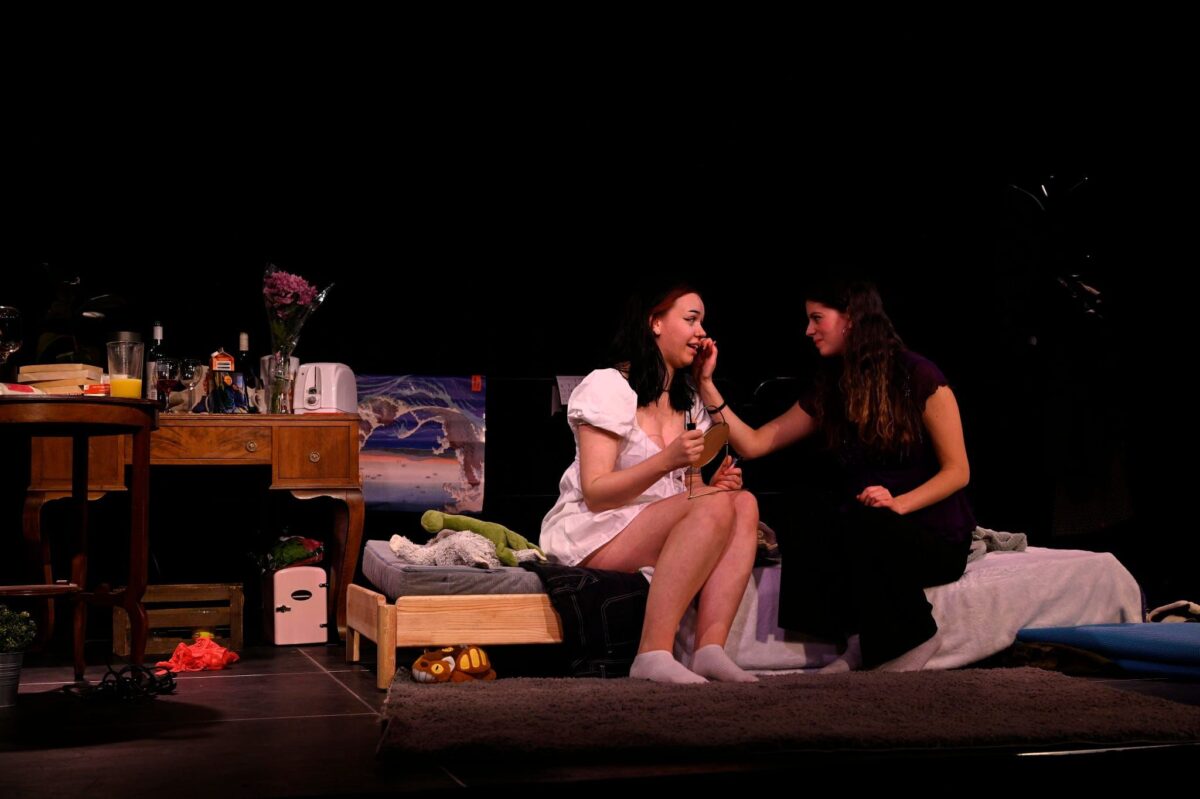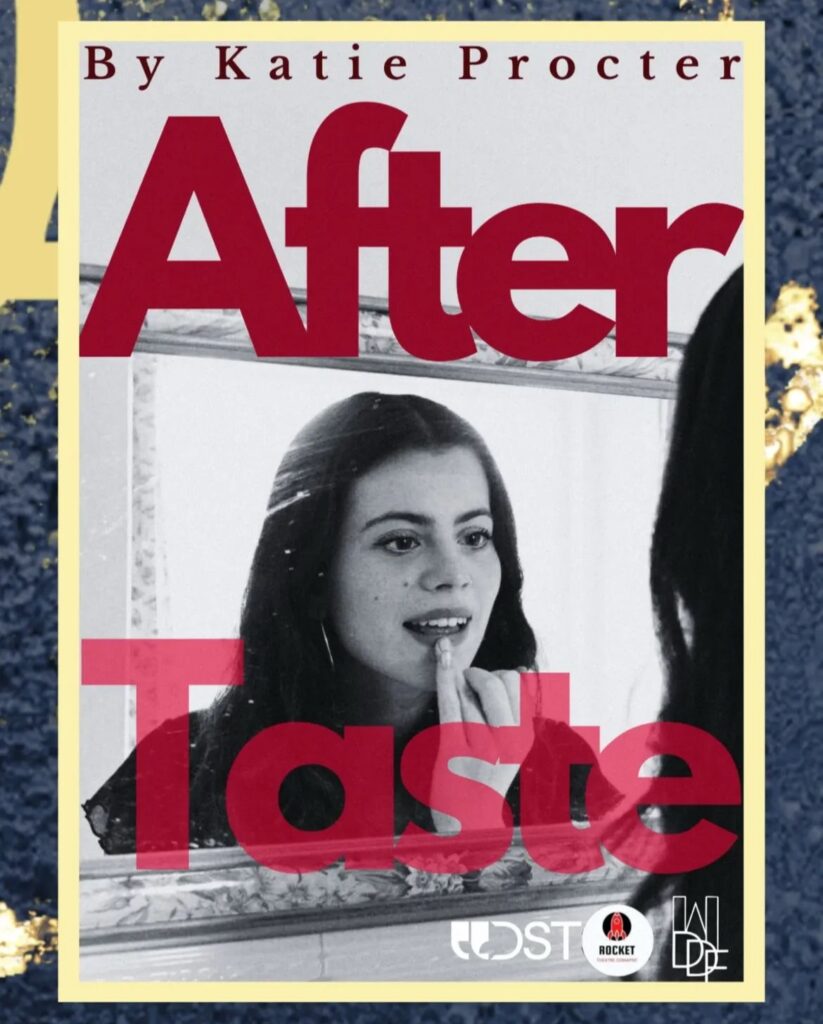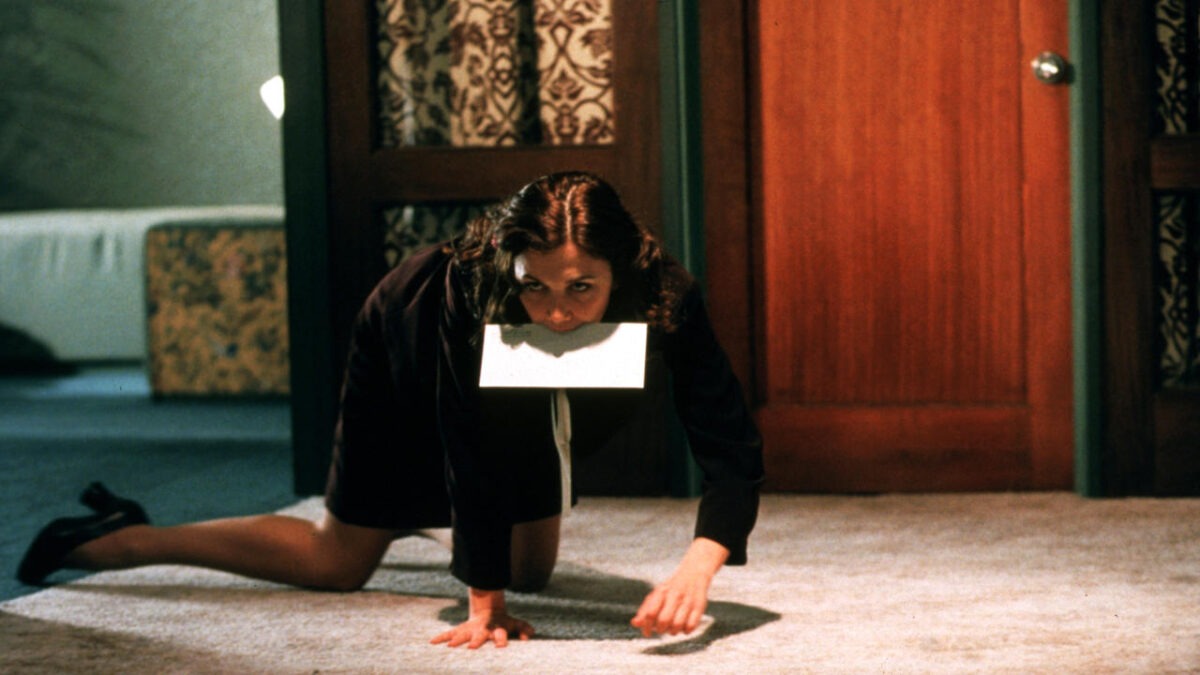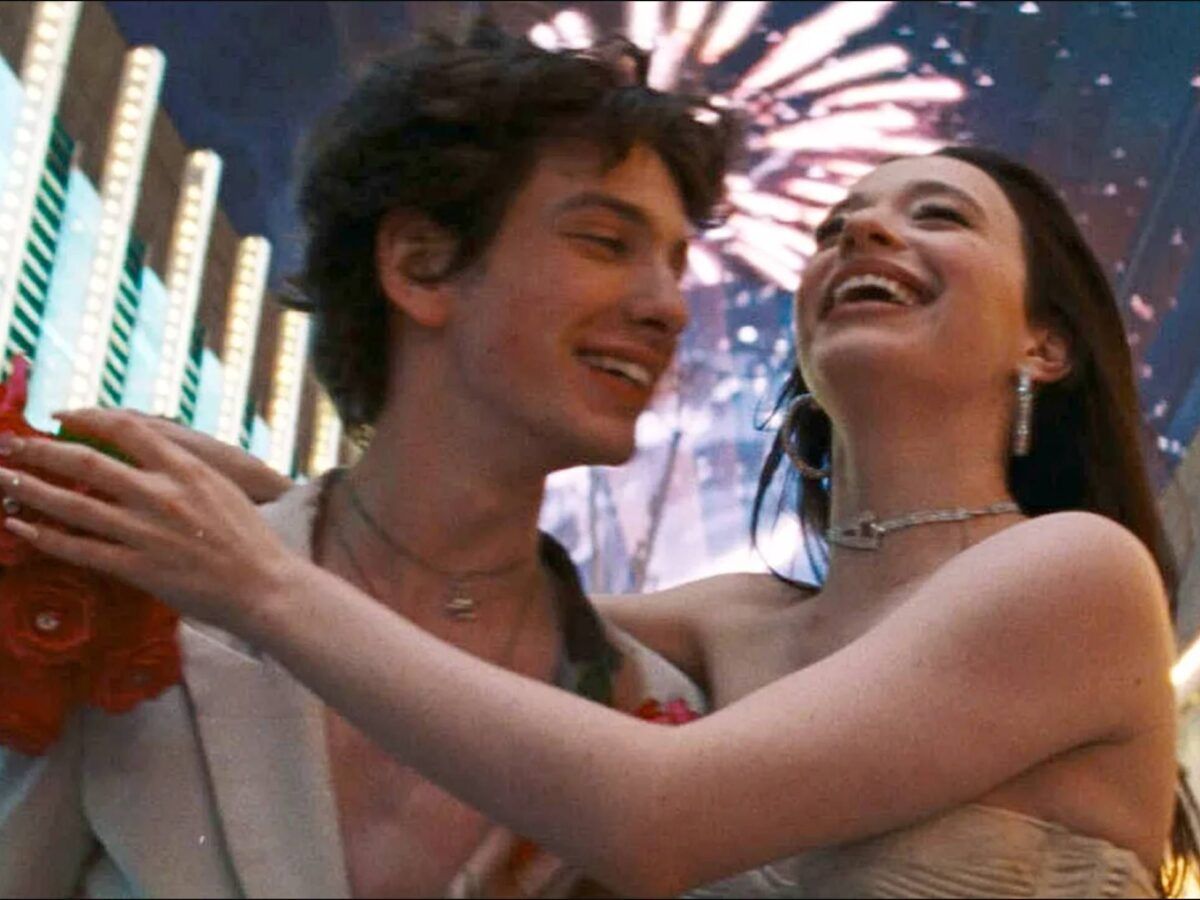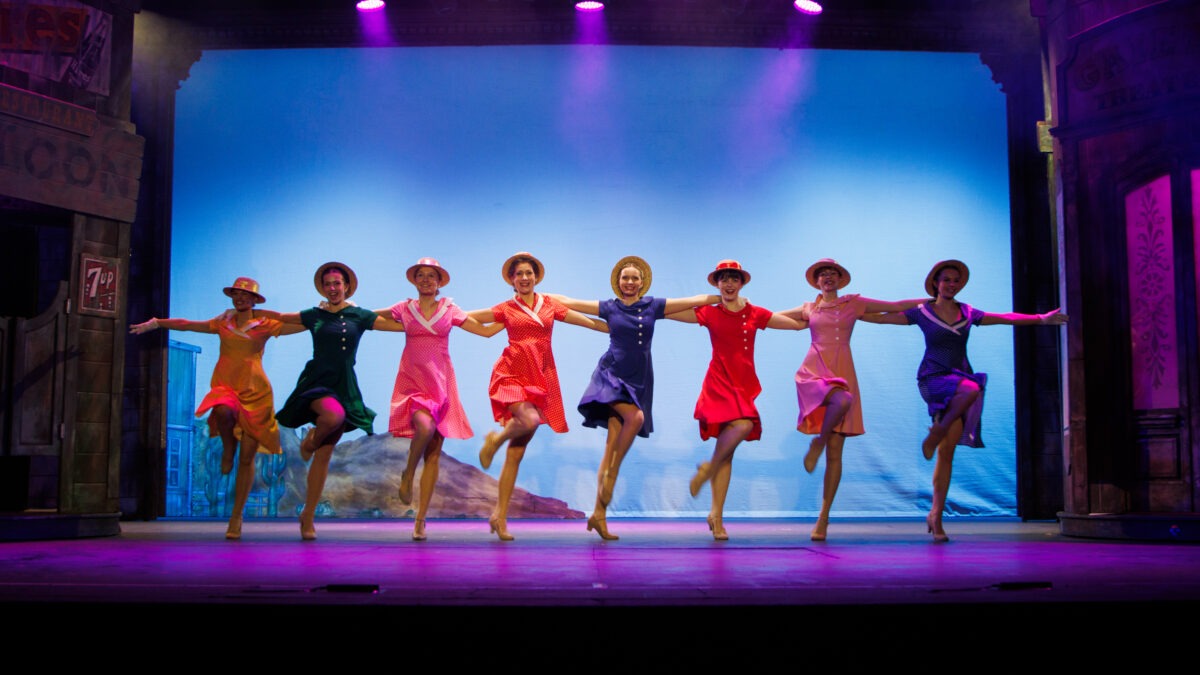By Esme Bell
I really meant to write this in February, when North-East legend Sam Fender’s most recent album, People Watching, was released. I planned a blistering review, criticising his new trajectory and the album’s general insipidness etc etc – but endless uni work and my diss meant there just wasn’t time, and the vitriol had to wait.
I should mention that Sam Fender is my longest-standing teenage obsession: his was my first gig, my next three gigs as well, and when I saw him in real life (not on stage) in Durham’s Boat Club in my first year, I nearly exploded. I was so excited for the third album – and my disappointment was therefore deep.
But my summatives were (eventually) submitted, and the album – played constantly, understandably, across Durham environs – became a general accompaniment for spring as it bled into summer; I began to think differently, and felt now might be the true time for a review.
I maintain some reservations. Lyrically, directionally, People Watching is less potent than his earlier albums, which can be characterised by real vocal and musical warmth, compassionate anger, and cutting social commentary. Songs like ‘The Borders’ and ‘The Dying Light’ demonstrate this perfectly, painting acute, personal heartbreaks, but in no way moralising or pretentious: convincing instead through their raw and open-hearted narratives; anthems in spirit as well as sound.
People Watching is still concerned with social issues, but is also more introspective, self-regarding – at points, perhaps more fulfilling for Sam the writer than his audience – and at times it gets clunky, like the songs themselves aren’t used to this change of focus, like they miss addressing the wider world.
Case in point: in ‘Wild Long Lie’, which discusses the disconnect between fame and coming home, Fender sings ‘And I’ve gone quiet ’cause my heart is still choking up from a love I tore apart’. This line, like a few in this song and the album, feels like it should be about someone else, not the first person: acceptable in a third-person narrative, but oddly dramatising and self-conscious when levelled by Sam about Sam.
Musically, there is also a dearth: gone are the anthemic, crowd-enrapturing, guitar-resplendent “rock” songs that we mostly expect from Fender. Anyone who has seen him live will know the magic of the final performance of ‘Hypersonic Missiles’, as the crowd joins the band to form an ecstatic, eternal-sounding choir. It is hard to imagine such a covenant being formed from this album; the whole sound is gentler, almost tinkling, much less emphatic, and in places, derivative.
Bruce Springsteen and “Americana” has always been a self-proclaimed influence for Fender: a recent Times article discussed his label of ‘The Springsteen of the northeast’. Springsteen’s influence can be felt not just in Fender’s sound, but in their shared focus on disenfranchisement, the desire to escape, the power of place to impact a life. And while People Watching still calls on Springsteen, it is also more random: there are shades of R.E.M in ‘Nostalgia’s Lie’, shades of Oasis in ‘Rein Me In’, shades even of Fontaines D.C.’s ‘Starburster’ in ‘TV Dinner’. All, individually, are great artists and songs, and artistic appreciation/homage is obviously a major part of all music making, too – often not even deliberate. Across this album though, it comes across as a bit inconsistent: an undecided melange, as though homage were trying to plug the void of individual inspiration, and left some gaps.
But inspiration can never remain the same. Between Fender’s Hypersonic Missiles (2019) and this year’s album, he has moved away from North Shields – the anchor/kite/bone marrow of his earlier work – entered his 3rd decade, been on world tours, performed at Glastonbury, even opened for ‘The Boss’ himself. It is only fair that his music progresses, moves, fluctuates with him; as listeners, we can mourn the change, but shouldn’t ultimately resent it.
And People Watching isn’t an entire disappointment. The gentler tone is not unsuccessful; ‘Rein Me In’ has a deliciously Western, cowboy flavour, and somehow manages to rhyme ‘bliss’ and ‘tinnitus’ with complete conviction. ‘Nostalgia’s Lie’, too, is subtly affecting. Elegiac and reminiscent, it is also aware of the rose-tinted, endlessly summery way we look back on the past – particularly fitting for students, especially those of us in our final year. ‘Remember my Name’ – in touching reference to his grandparents – is a very persuasive argument for brass bands, and ‘TV Dinner’, I would argue, stands on its own: an entirely compelling listen and absolutely one of his best, from any album.
It is startlingly different to the rest of People Watching, and definitely ‘Starburster’ – adjacent with its slippery chromaticism; it is also magnificent, kind of smoldering and metallic, with persuasive strength in the chorus and a “proper” guitar solo towards the end. Easily on a level with any of his other heavyweights like ‘Play God’ or ‘Aye’, ‘TV Dinner’ is even more poetic, more grown up, more cutting, with sophisticated lyrical layers like ‘the constant spin, the merry-go Round/house-kick into the face,’ (which sounds better if you listen to it!). It feels like a glimpse of the passion of Fender’s early sound, with the control and finesse of a third-album-artist; it feels almost like it could be the prototype sound for a fourth album.
And this is where I stand, now my rage has abated, with People Watching. As an album, it seems to signify a loss of power, of passion and outrage; but, in the quietness, there has emerged a sense of aging, growing wiser, maybe more at peace – and of greater, other, sounds still to come.
And it really does grow on you over the course of a few sunny months: the perfect soundtrack for a long, heady summer.

